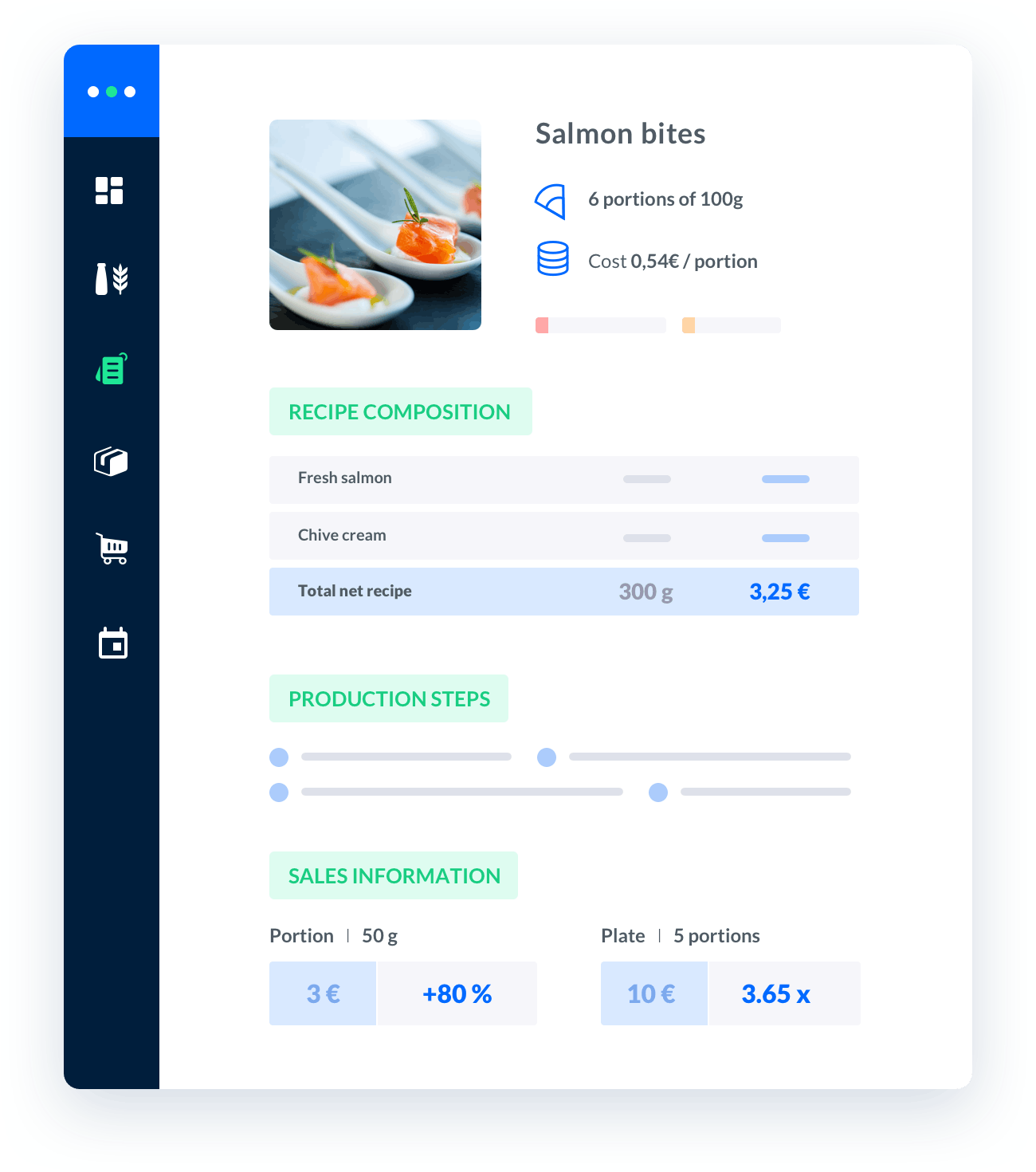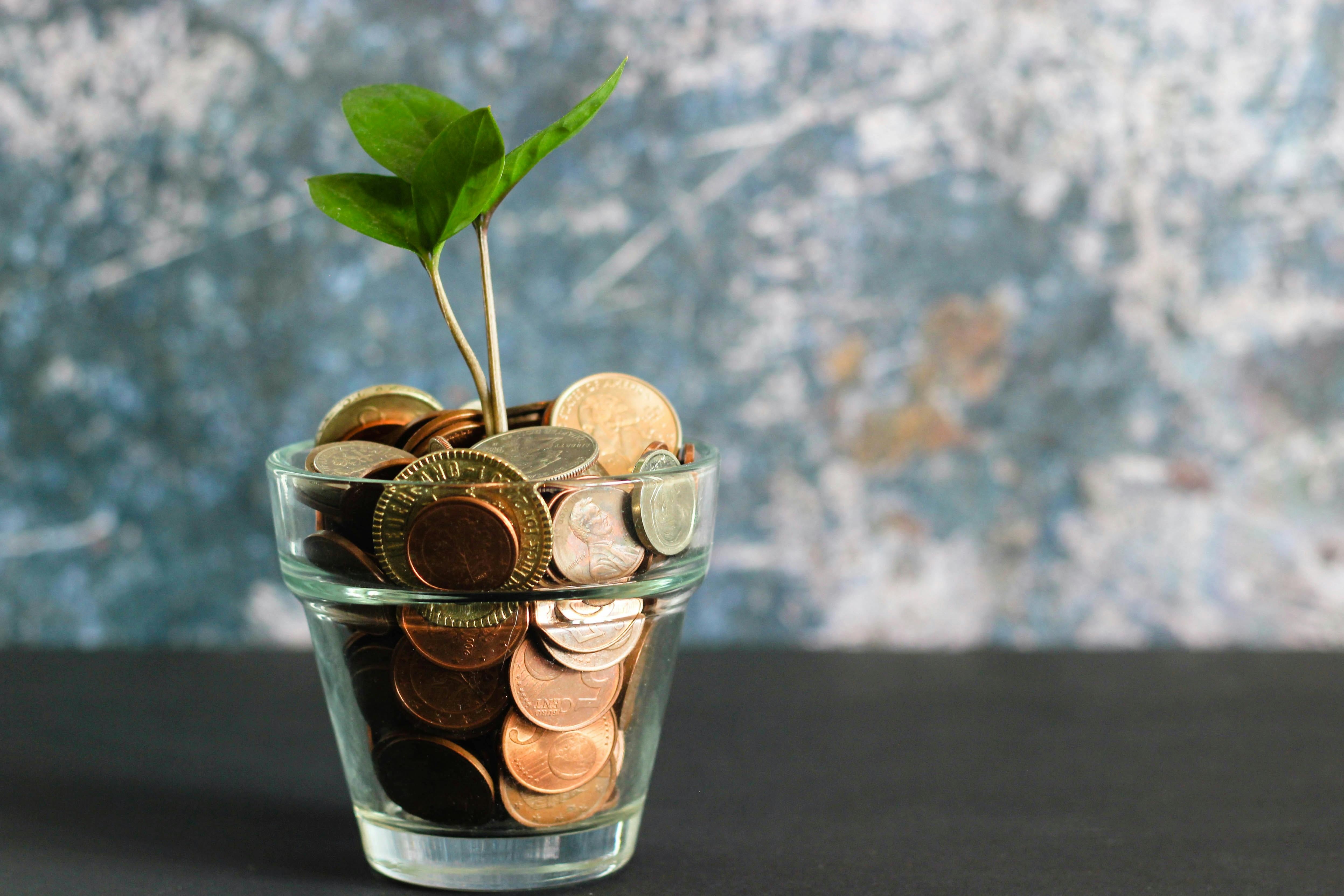tabla para sacar costos de repostería
" <p>In the world of delicious confections and mouth-watering desserts, understanding the costs involved in running a bakery business is crucial.A well-organized cost table, or ""tabla para sacar costos de repostería"" in Spanish, can help you determine the expenses associated with your bakery operations, enabling you to make informed decisions and maximize profitability.

Melba: the food cost app to optimize the profitability of your restaurant
Discover how to optimize the profitability of your restaurant with melba

The ultimate guide to food cost restaurant
Learn more about the food cost basis and how to reduce your food cost percentage
<p>In the world of delicious confections and mouth-watering desserts, understanding the costs involved in running a bakery business is crucial. A well-organized cost table, or ""tabla para sacar costos de repostería"" in Spanish, can help you determine the expenses associated with your bakery operations, enabling you to make informed decisions and maximize profitability. In this article, we will explore the essential elements to include in your cost table and provide valuable insights for professional bakers.</p>
The Importance of a Cost Table for Bakeries
As a professional in the catering industry, having a comprehensive cost table for your bakery is essential. It allows you to accurately calculate the expenses incurred throughout your business, ensuring that you price your products appropriately and generate a reasonable profit margin. A well-structured cost table provides you with a clear overview of your bakery expenses, enabling you to make strategic decisions regarding ingredient purchases, pricing strategies, and cost optimization.
1. Ingredient Costs
One of the primary components of your cost table should be an analysis of ingredient costs. This category encompasses all the raw materials required to create your delectable treats, such as flour, sugar, butter, eggs, flavorings, and other essential ingredients. By accurately tracking the cost of each ingredient, you can determine the overall expenditure associated with your bakery production.
A cost table can help you identify any fluctuations in ingredient prices, enabling you to adjust your pricing accordingly or seek alternative suppliers to maintain profitability. Furthermore, it allows you to compare the cost of different recipes and assess which ones yield higher profit margins.
2. Packaging and Display Costs
While the taste and quality of your pastries and cakes are paramount, the way you present them also plays a significant role in attracting customers. Including packaging and display costs in your cost table ensures that you consider all expenses related to showcasing your creations.
Consider the cost of cake boxes, cupcake liners, ribbons, labels, and any other materials used to package and present your baked goods. By incorporating these costs into your cost table, you can accurately determine the overall investment required for visually appealing and professional packaging.
3. Labor Costs
Another crucial aspect of your cost table is calculating labor costs. Labor costs include both direct labor, such as the time spent by bakers and pastry chefs in creating the treats, as well as indirect labor, such as administrative and managerial tasks.
Consider tracking the hours spent by your team members on various bakery activities, along with their corresponding hourly wage rates. By doing so, you can assess the labor costs associated with each product and determine the profitability of your bakery's offerings. Additionally, this information can assist you in optimizing your staffing levels and identifying areas where productivity improvements can be made.
Creating an Effective Cost Table
Now that we have explored the essential components of a cost table, let's discuss how to create an effective one that provides accurate and valuable information for your bakery business.
1. Categorize Your Costs
Start by categorizing your costs into specific sections, such as ingredient costs, packaging and display costs, labor costs, overhead costs, and any other relevant categories specific to your bakery. This categorization allows for easy navigation and ensures that you capture all cost elements accurately.
Examples of Subcategories:
- Ingredient Costs
- Flour
- Sugar
- Butter
- Eggs
- Flavorings
- Packaging and Display Costs
- Cake boxes
- Cupcake liners
- Ribbons
- Labels
- Labor Costs
- Bakers
- Pastry chefs
- Administrative staff
- Managers
2. Calculate Costs Accurately
Ensure that you calculate costs accurately by keeping detailed records of all expenses incurred. Consider the quantity and unit price of each ingredient, the number of packaging materials used, and the time spent by your team members on various tasks. This level of precision allows you to generate a realistic cost table that reflects the true expenses of your bakery business.
3. Regularly Update Your Cost Table
A cost table is not a one-time creation; it requires regular updates to remain relevant and effective. As ingredient prices fluctuate, labor rates change, and new expenses arise, make sure to adjust your cost table accordingly. By doing so, you can ensure that your pricing remains accurate, profitable, and aligned with the current market conditions.
Remember, a well-maintained cost table empowers you to make informed decisions, optimize your bakery operations, and maximize profitability. It serves as a valuable tool for professional bakers, allowing them to understand the true costs associated with their craft and make strategic choices that drive success.
</p>
"





